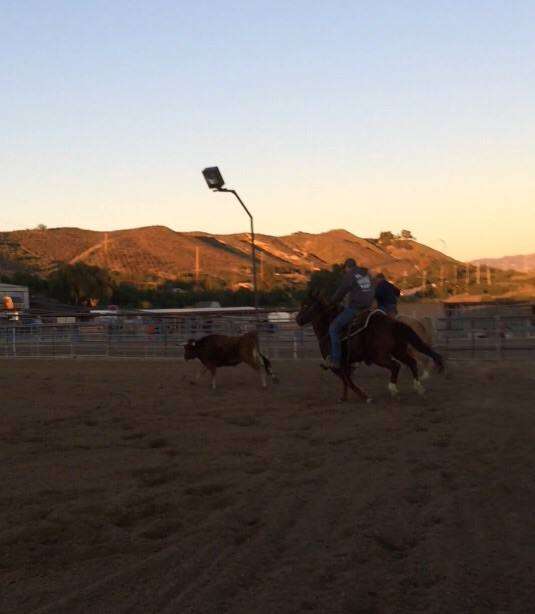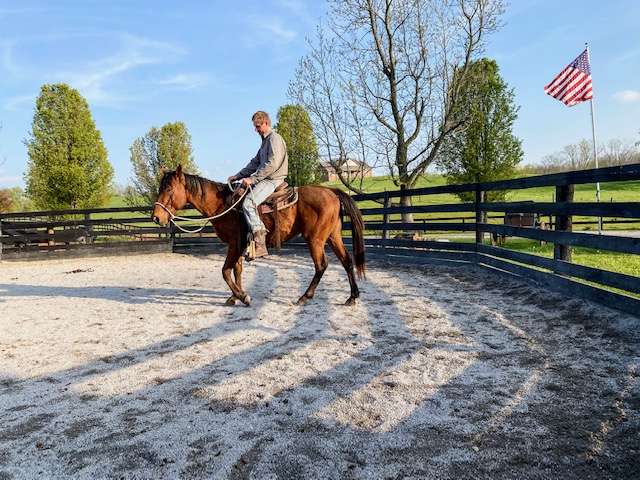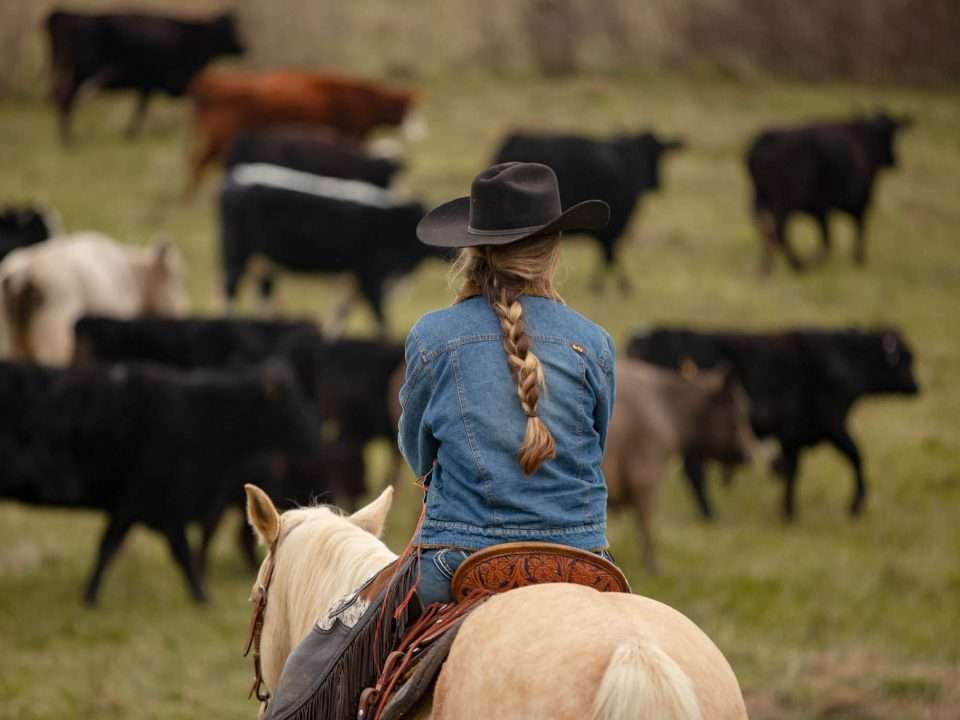Rodeo Time! A How-To Guide

Malachi (SOLD)
August 2, 2021Exactly what Software Individuals?
September 13, 2023The world of Rodeo is a fun and exciting place! People from all walks of life have enjoyed watching the thrilling events for hundreds of years, and cowboys/cowgirls have gone down in history by giving their all and having the ride of their life! On the same hand, rodeo can be confusing and intimidating for those who do not fully understand the unique language and the basics. Have no fear, we are here to help! In this article we will cover the ins and outs of rodeo: from filling out your entry form to navigating the event grounds and all else in between! There are five main points I would like to talk about, so without further ado: Let’s get started!
Understanding the Rules
There is a lot that goes on during a rodeo, whether a true rough stock including, ranch rodeo, or just a single event jackpot. The first and foremost thing to do is to understand the rules. In my experience, every rodeo (or jackpot event) should have a document with basic information and contact information. The basics are obviously “when”, “where”, “what”. The more critical details may include cost per run, prizes/places, run restrictions or rules, things along those lines. Before signing up for events and making travel plans, make sure you understand what you are going to and understanding the classes.
Traditionally, horse shows have “classes”, and some rodeo events have “handicaps”. Lets take two examples:
Reining: Most reining horse shows have three classes: Novice, Non-Pro, and Open. In simple terms, novice is for very beginners who are just getting their feet wet in the world of showing for that particular event. Non-pro is for riders who do not train or ride professionally, most have their own horses they bought or trained themselves but do not make a living showing and training high level horses. Finally, open classes are for everyone: including professionals. Open classes you may find high caliber riders and horses as well as some novice and non pro riders looking for stiffer competition. Payouts and awards are generally higher, and so are costs. You do not have to be a professional to show open, but expect the competition to be much harder!
Roping: Roping is the best example to explain the handicap system which most other events follow. The handicap system is, in a nutshell, a way to classify competitors based on their experience and prevent NFR caliber ropers from competing with completely green participants. In an effort to keep everything fair, the number system was created. The higher the number, the better the roper. Headers per USTRA go from 1-9, heelers from 1-10. There are such thing as combined handicaps, such as #14 entries where the header must be atleast a 6 and the heeler a 7 to enter. Most other events follow a similar trend of the lower the number, the more novice the participant.
Barrels: Barrels are different as they are based on division, or “D”. Barrel racers rank from 4D to 1D, 1D being the best. 1D is the top division as well as the defining mark for other divisions: the participant with the best results sets the bar by which the rest in the runs will be ranked upon. 2D is defined as 0.5 seconds below 1D, an entire second below ranks 3D. This is how the system goes. When signing up for races, just remember that 4D is similar to novice and 1D is similar to NFR! At the end of the day, all trash can chasers will “kick kick kick, look look and look”!
When you first arrive
When you first arrive to the rodeo grounds, the first thing you need to do is look at your surroundings. Understand where everything is: the Registration booth, the practice pen (if any), the trailer parking, and other facilities (food, bathroom, vendors, ect.) Humans are naturally more comfortable when in familiar environments, so do yourself and your nerves a favor by getting the layout early on!
Your first task will be to follow the facility rules. At Shadow Hills Ranch, we want you to find your parking spot before coming down to register. Look for signs or people flagging you down to tell you where to park, and do not hit anything on the way. When parking, leave enough room for your horses and for other trailers/bystanders! Do not be that guy (barrel racers…) who take up four spots or park so close you cannot open your tack room door!
Once you are settled and have a firm understanding of where everything is, head to the registration area and get yourself signed in. There is no point of making the travel if you do not enter correctly or in time, as most places do not allow late entries. Once registered, head back to your trailer and take care of your horse.
If there is room to warm up, all athletes need to warm up- your horse is no different. Follow typical arena ruling which is slower riders yielding to faster riders, slow on inside fast on outside. I strongly encourage talking to people and get to know your competition as sometimes your nerves will go away by watching others. Ropers: just because someone can rope a dummy DOES NOT mean they can rope a steer. Deep breath, get situated, and get yourself ready to ride.
Filling out an Entry
Entry forms vary depending where you go but they all follow a similar format. All they want to know is who is participating in what event and class, how many runs are you making (if multiple are allowed), and who do you wish to ride with. Here is a sample of the form we have here at Shadow Hills:
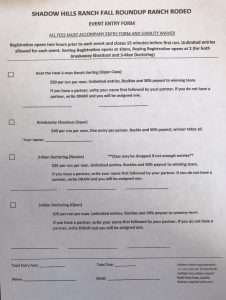
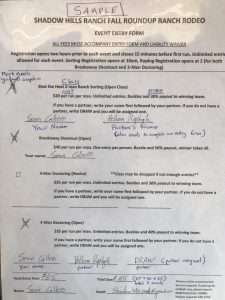
So, how do you fill out your entry? Simple!
- Read the entire form so you understand what you are looking at. Most forms have information you may need to know, such as the small print about a multiple run form should you decide you want to go multiple times.
- check off the events you wish to participate in. For the sample form, I want to enter the Sorting, Breakaway, and the Open class Roping. (check all that apply to you)
- Follow the instructions for names. My name (Sean) goes first as this form is to log my payment and entry, my partner’s name goes next. Your partner will have to fill out their own form as well and pay their own fees unless the form states team rates are accepted.
- Notice for the roping, I have my name (Sean) and my partner’s name (Hellena), then wrote “draw” on the third line. This simply means I do not have a third partner, so please assign me one! Single man entries generally fill the draw spot, unless otherwise stated.
- Lastly, I tally my totals. In the sample I am registered for three events, one run per event: sorting, breakaway, and roping. I add up my fees: 25+40+20=85. For this show, I owe $85.00. This is just my entry, my partner(s) need to fill out their own form, especially since many facilities combine their entries with their liability forms.
- After completion, I submit the form along with my payment to the event staff and I am registered! Typically what happens next is when the entry time closes (I.E. 15 minutes prior to the first run), a roster is created and posted. The first team and the on-deck (next to go) team are announced. Therefore, if your name was NOT called as the first or on-deck, locate the roster location and get an idea of how long before you are up. If you miss this, most places do not let you have a second chance as there are too many runs to allow make-ups.
Reading a Roster
Rosters are easy: find your name, see which position (number) you have, and you are good to go. If you had a “draw” entry, see who your partner is and go find that person to introduce yourself! If you have difficulty reading the roster, locate a staff member and ask for assistance. Yes you can talk to others at the event, but you may not be getting the proper information. It is mission critical you understand when you go and who you are with. Do yourself a favor, get the right information to avoid confusion!
Making your Run
Your time to shine! Focus on the task at hand, take a deep breath, and look at your surroundings. If it is a cattle event, look at how the cattle are behaving. If its a barrel race, look at the hoof prints in the sand and see if there are any indicators as to how loose or deep the footing is to help you understand the best tactic. Most importantly, have fun! The next few moments are the greatest in this world. You have worked hard to get there, and you now get to perform what you love doing. The more you show it (in my experience), the better you do! Once finished, exit the arena and prepare for the next run.
After the Run
Once you are done with either the run or the event, remember why you are there. You are there for the horse. Act like it! Get your horse water, wash him/her if you are done for the day, praise and reinforce the good that he/she has done. Rodeo can be hard on horses physically and cause them stress due to loud noises and environment, make sure you treat your horse well after putting in the effort. This is non-negotiable, win or lose. We like to think that we lose because of the horse. Wrong. The horse helps us but does not make us win. If you missed your catch, many ropers blame the horse for not being fast enough or turning. Remember, that horse did only what you trained on and taught it. If you missed the catch, maybe you should rope the dummy more and get better. If your horse hit a barrel, maybe you should work on spacing. A cow got away from you sorting when you were to hold the gate? Unless you have a NRCHA reining horse, better start learning those roll-backs! Every situation can be broken down to you. Do not be the guy who is roughing his horse, because there are many people who will rough you up in the world of rodeo. Be mature, be professional, and earn the title “cowboy” or “cowgirl”

